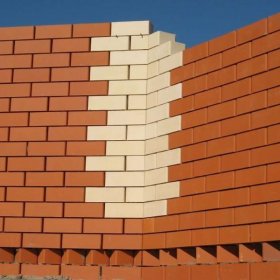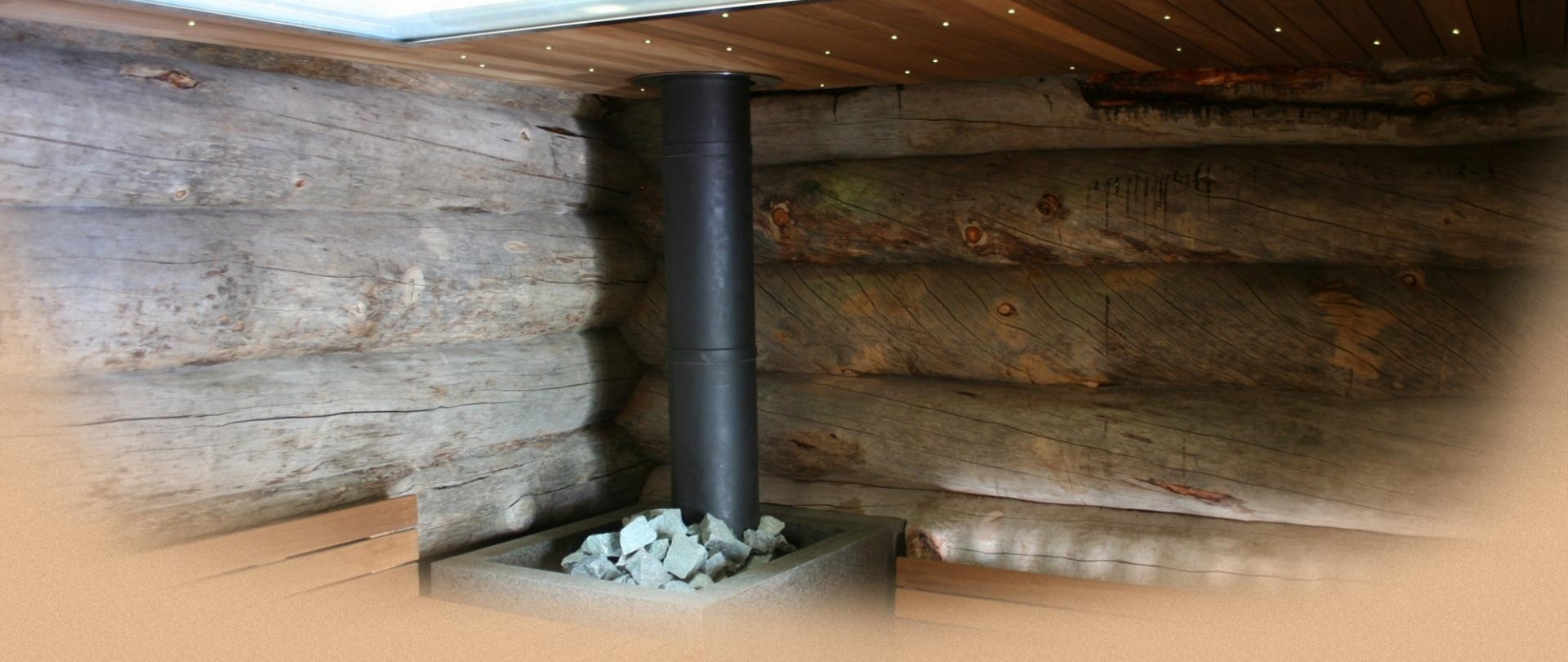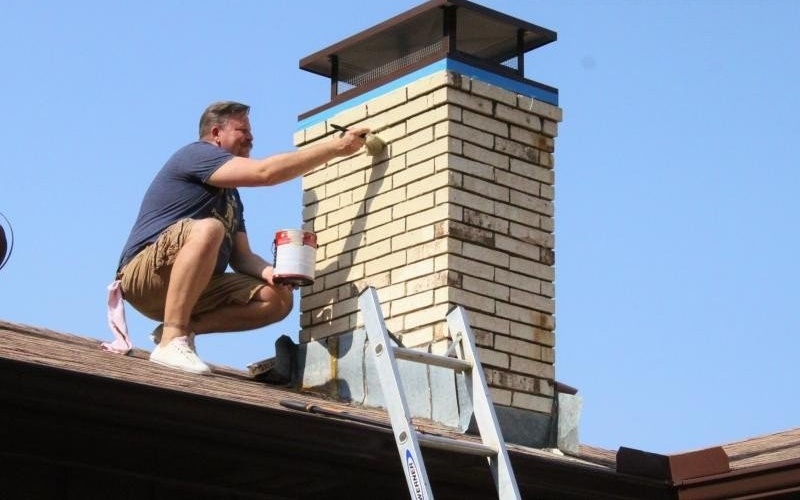7 differences of red brick from white

In the building materials market, there is a large selection of tools for laying foundations, cladding buildings. But as before, the brick remains in the favorites, which is represented by two main types: red and white. Before deciding on one of them, it is worth learning their differences and advantages.
Manufacturing Features
White and red bricks are fundamentally different in manufacturing technology. In the production of red bricks, ecological raw materials are used - clay, which is subjected to high-temperature processing.
This building material is obtained by drying and further firing briquettes consisting of tightly pressed clay at a temperature of 1000 degrees Celsius.
White brick has a complex composition, which includes lime, quartz sand and water. The technology of this type of brick is significantly different from ceramic. In the production process, dye is used (if the product requires coloring) and components that help the mixture harden.
Formed raw bricks are kept in autoclaves at a certain temperature. Compared to clay products, silicate building material is softer and less durable.
Heat resistance
Red brick with its low weight tends to withstand the effects of fire for up to 12 hours. He is assigned a class of high fire resistance, which is achieved through processing in burning furnaces.
White brick has twice as low heat resistance. At 800 degrees Celsius, it decreases sharply due to the decomposition of calcium cementitious hydrosilicates.
Variety of sizes
There are GOSTs that do not allow deviations in the formation of bricks. Depending on the type and purpose, they have different sizes and weights.
The dimensions of a single white brick are 250x120x65 mm, one and a half (thickened) has dimensions of 250x120x88. In the line of silicone bricks there are double products with dimensions of 250x120x138 mm.
The aspect ratios established by GOST must comply with the parameters 1: 1/2: 1/4. In the lineup of the overall range, red bricks have the same dimensions as silicate bricks, but at the same time there are additional product variations: a modular brick with dimensions of 280x130x80 mm and euro - 250x85x65 mm.
Relation to humidity
These two building materials have different properties, including in relation to their humidity. By such an indicator as water absorption, silicate brick is in a losing position. Although modern production technologies are able to create them quite moisture resistant.
The difference is confirmed by the numbers. The optimal indicator of water absorption is considered to be from 6% to 13%. For a ceramic product, these figures are 6-12%, solid brick made of sand-lime mortar - 12%. With almost the same indicators, the rate of moisture return from a silicone brick is much higher than that of its clay counterpart.
Coefficient of thermal expansion
Silicate brick has very low KTP values, and red brick has a high coefficient, and this property is used in the construction of furnaces. In the process of work, it is unacceptable to bind ceramic and silicate brick among themselves.
They have different values of the coefficients of thermal expansion. When used together, to prevent the appearance of cracks, you should adhere to the minimum distance between the gaps - this minimum is 2 centimeters.
Colour
The color palette of brick products is characterized by a variety of shades. It depends on the type of clay used in the production. Color can vary from white to brown. A variety of shades allows you to solve complex architectural problems when facing buildings.
Initially, silicate brick, as a rule, turns out to be light. Accordingly, due to the dyes introduced into the mixture for its manufacture, it is possible to give the material different shades. Standard - from white to dark brown, but thanks to the ability to enter absolutely any tint tint, the range of colors in silicone knows no boundaries.
Cost
The cheapest building material is silicate building products. The non-cost of production is reflected at the price level. It is worth noting that silicone bricks can also be expensive if they are colored and pigmented dye was used in their production.
Ceramic brick has a fairly high price, on average it is twice as expensive as white. The cost of its manufacture lies in a complex technological process that affects the quality of finished products. This explains the difference in prices for white and red bricks.
When planning construction, it is better to be guided by the advice of a bricklayer who came across these building materials, and from his own experience knows which brick to choose: red or white.


